Wow, it has been a tough start to our fall flower season! Last week we broke multiple heat records, and had both the hottest day of 2019 and the hottest latest day of the year of all-time. Super weird for October… Anyway, our crews pushed through, planting pansies, violas, snapdragons, kale, ivy, heucheras and more! Now that the hot weather seems to be moving on, hopefully both the crews and the flowers will be happier this week.
This week, I’m going to explain some differences between pansies and violas and show some pictures of the gorgeous plants we’ve been installing!
 Installation underway!
Installation underway!
Photo credit: Bobby McNary
Pansy or Viola?
Pansies (Viola x wittrockiana) and violas (Viola tricolor) look very similar, and are both members of the violet family. The biggest difference is that violas have much smaller blooms, and have more blooms per plant. They grow not quite as tall as pansies, and can have a more spreading or trailing habit, whereas pansies typically grow in clumps. Violas, also known as Johnny-jump-ups, often self-seed and will grow back in unexpected locations, not necessarily where they are desired. Pansies do not typically self-seed, or at least not to the degree that violas do.
Pansies and violas typically survive NC winters pretty well. They are some of the toughest cold-weather flowers. However, violas are even a little tougher than pansies, so if you are concerned about cold weather, violas may be the best choice. They are also a little more shade tolerant than pansies.
Maintenance Tips
In order to keep pansies and violas looking their best, they need to be deadheaded pretty frequently, at least once a week for best results. If they are in a pot by your front door, you may be able to quickly remove the spent flowers and seedpods everyday. To deadhead properly, you must remove the entire flower stalk down to the base where it sprouted. If you only remove the flower at the end of the stalk, the plant will continue to waste valuable energy and nutrients keeping the stalk alive, even though it will never produce another flower.
In very large areas, such as plantings in large commercial areas or along roadways, deadheading is not usually necessary because the flowers are being viewed from farther away. However, they may require additional fertilizer (low in nitrogen) to stay in bloom.
-
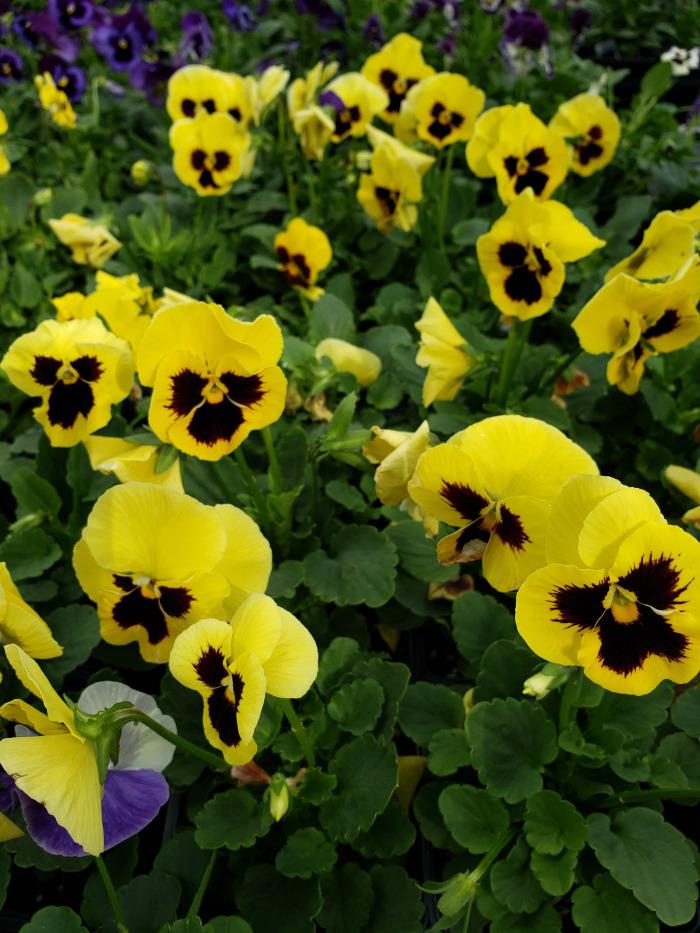 Pansy - Delta Primrose Blotch
Pansy - Delta Primrose Blotch
-
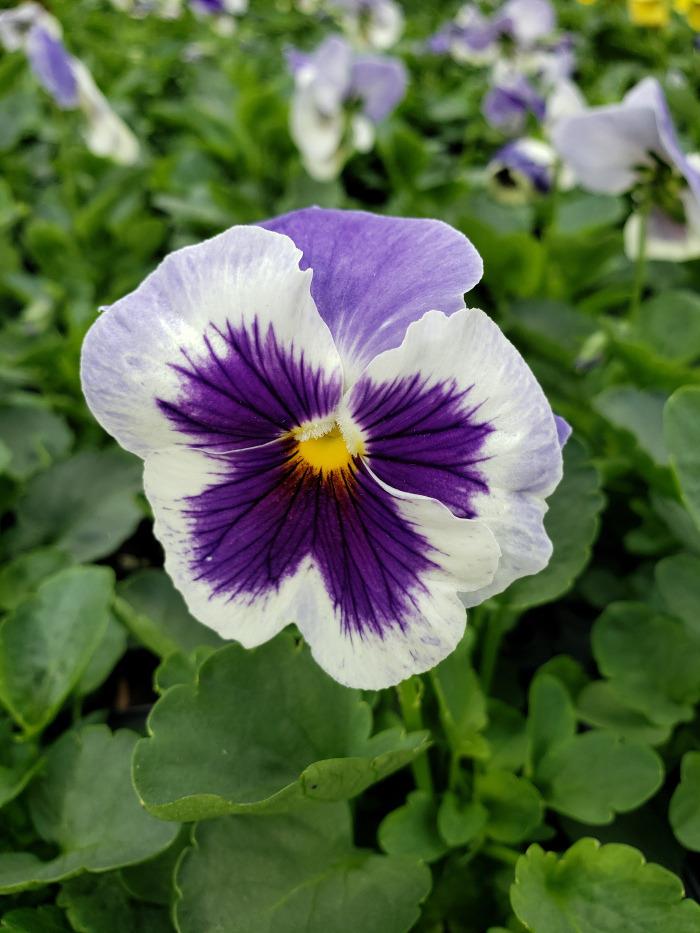 Pansy - Matrix Blue Wing
Pansy - Matrix Blue Wing
-
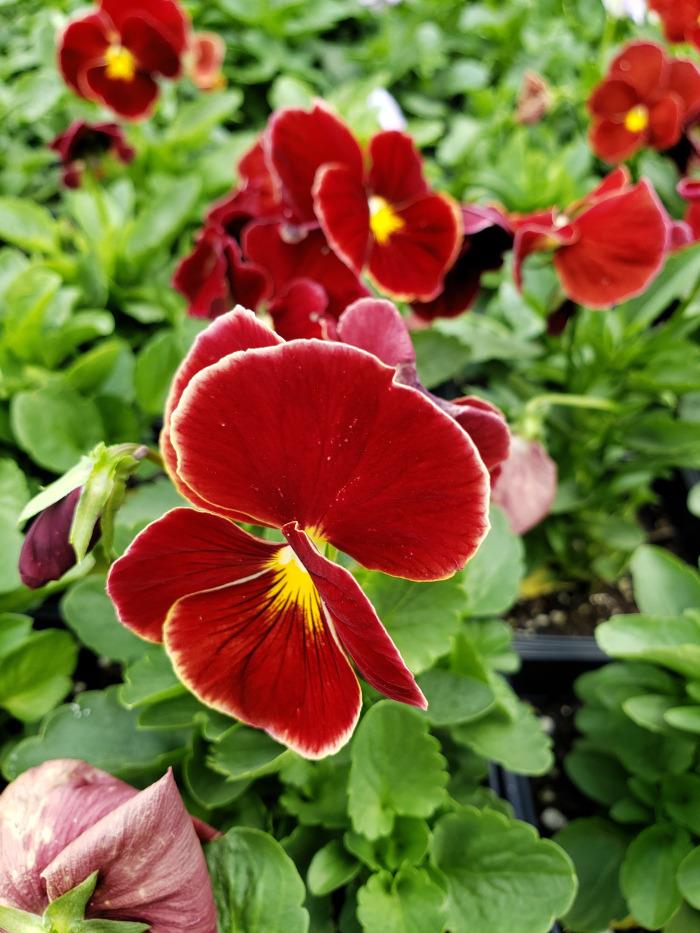 Pansy - Spring Matrix Scarlet
Pansy - Spring Matrix Scarlet
-
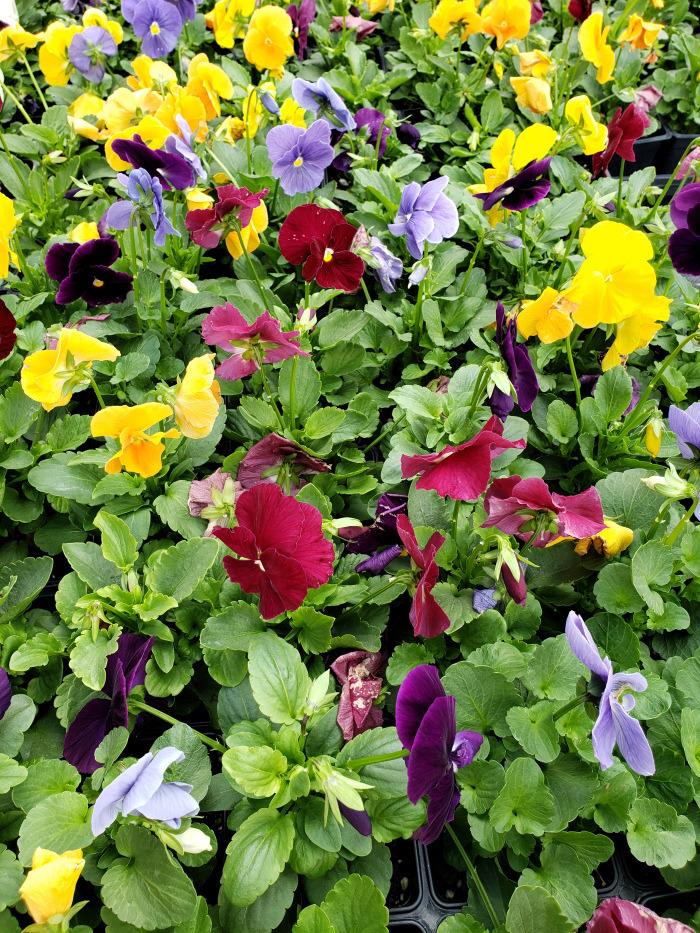 Pansy - Matrix Jewels MIx
Pansy - Matrix Jewels MIx
-
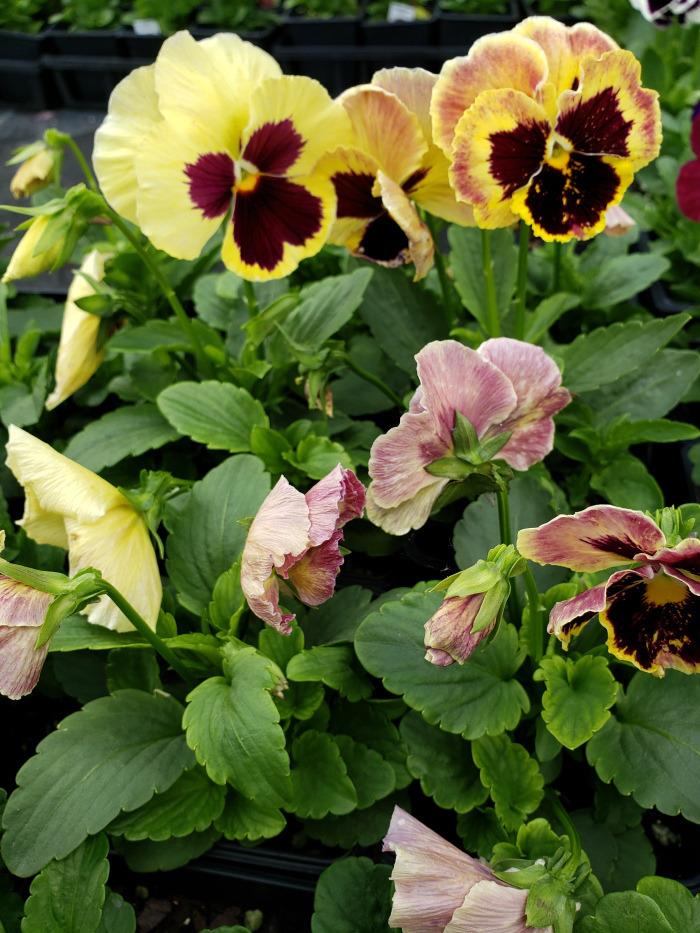 Pansy - Matrix Sunrise
Pansy - Matrix Sunrise
-
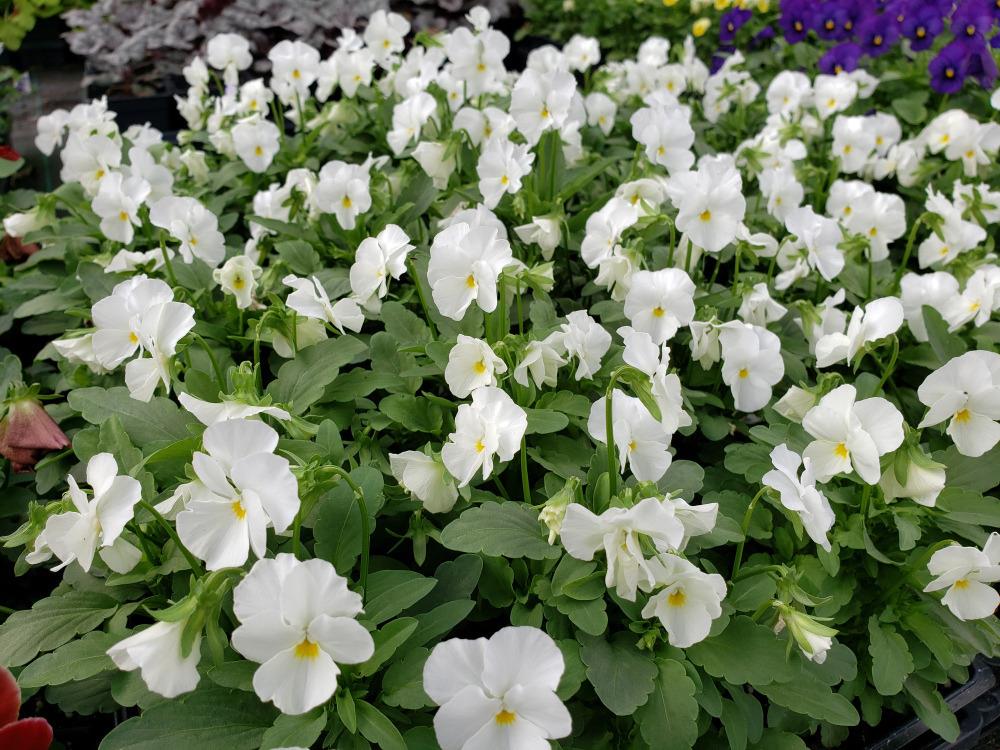 Viola- Penny White
Viola- Penny White
-
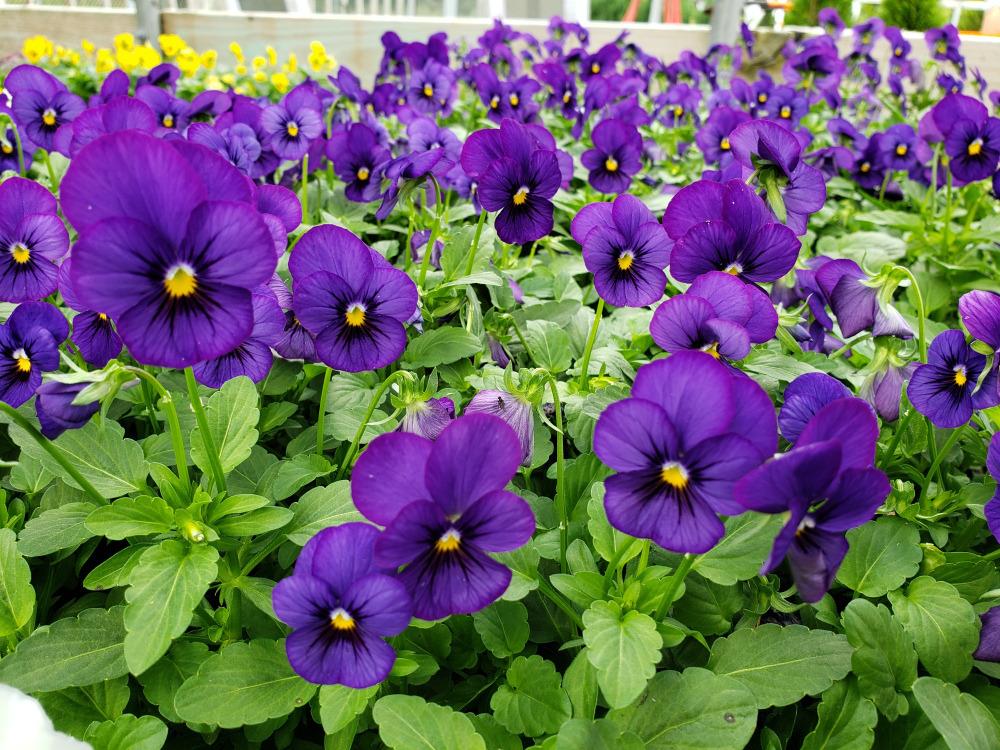 Viola- Penny Deep Blue
Viola- Penny Deep Blue
-
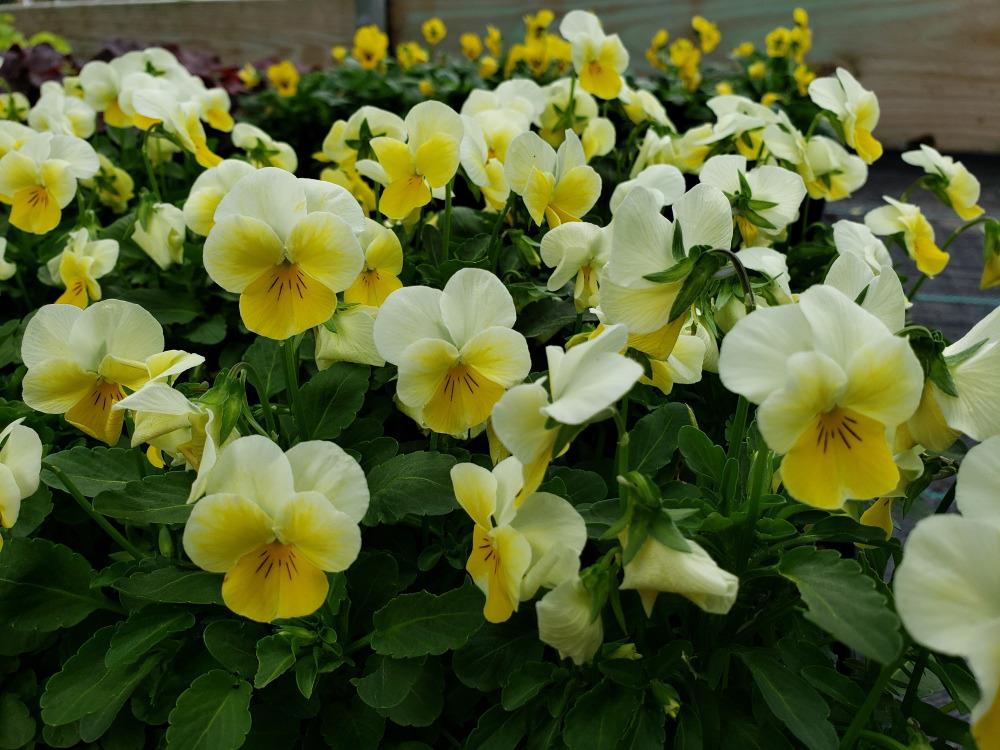 Viola- Penny Primrose Bicolor
Viola- Penny Primrose Bicolor
-
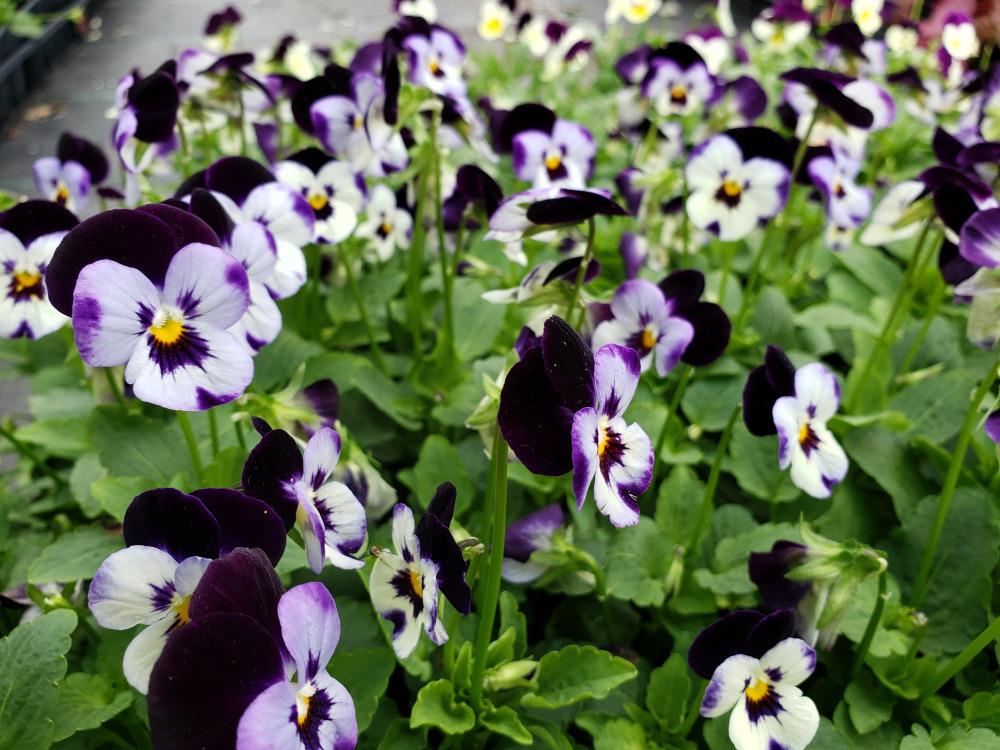 Viola- Penny Denim Jump-Up
Viola- Penny Denim Jump-Up
-
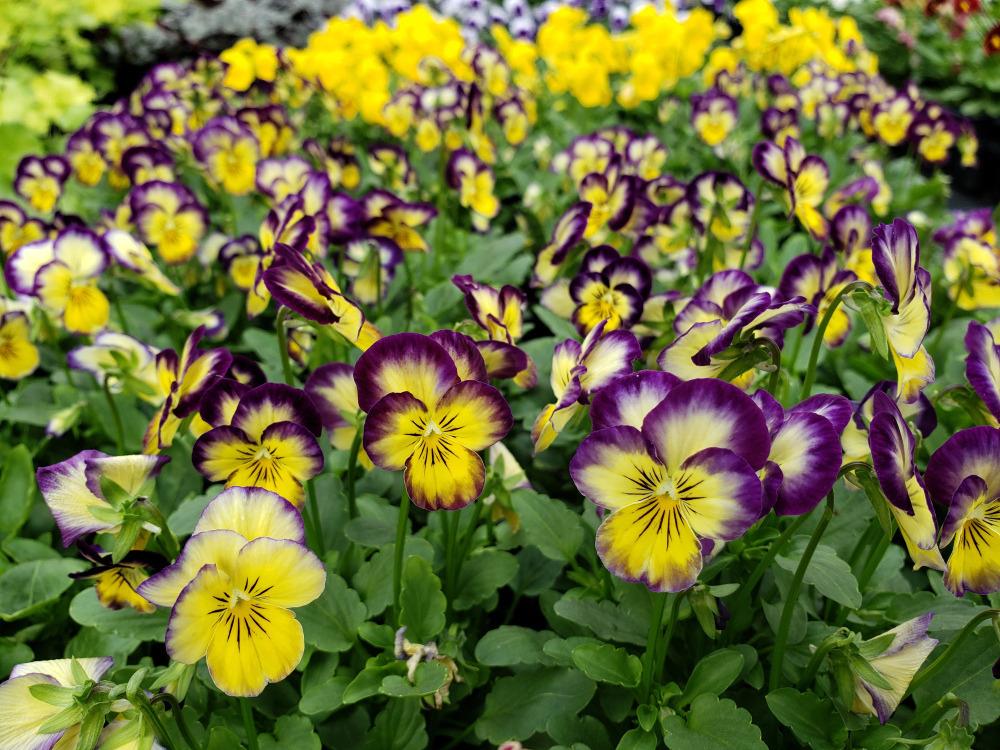 Viola- Penny Primrose Picotee
Viola- Penny Primrose Picotee